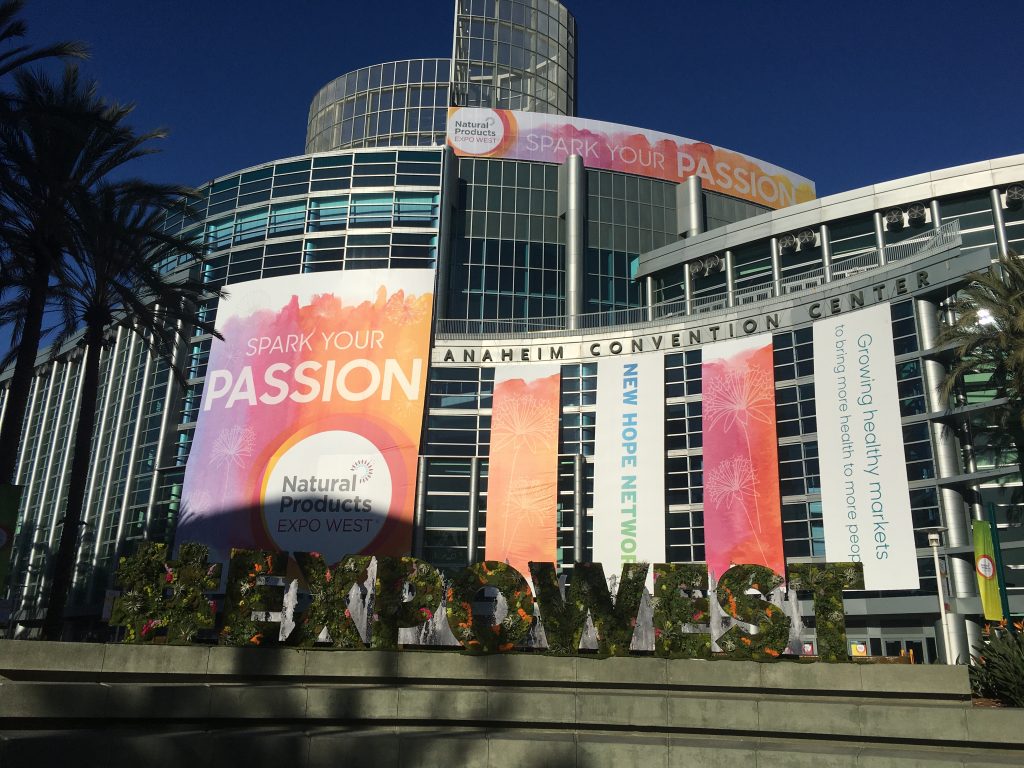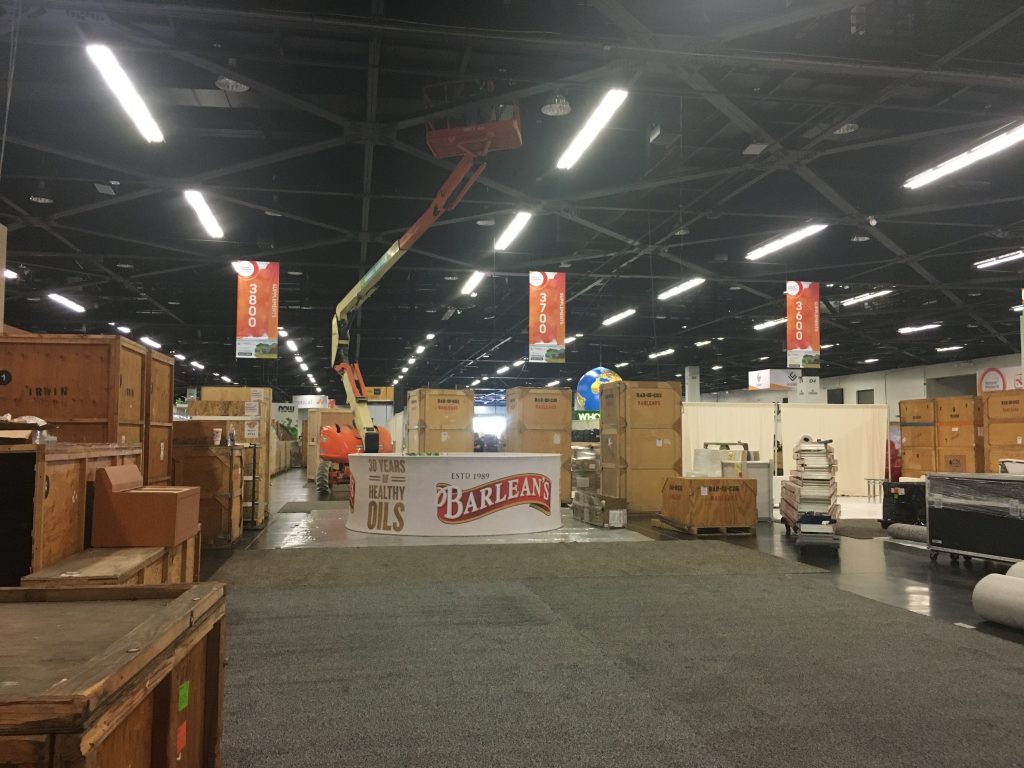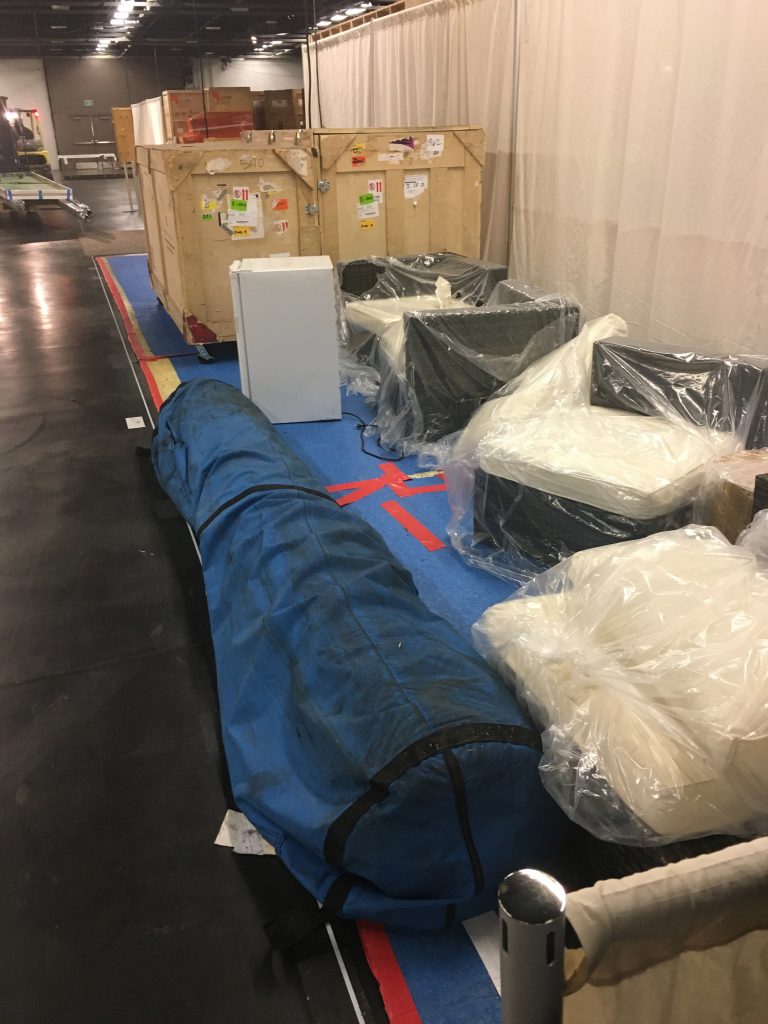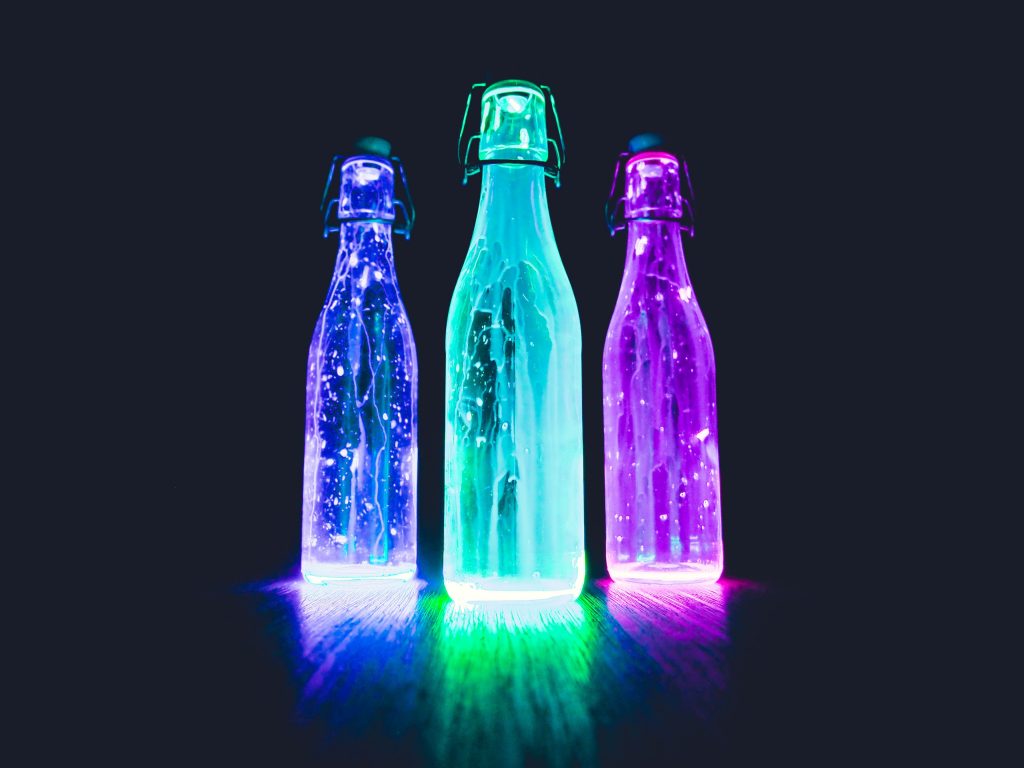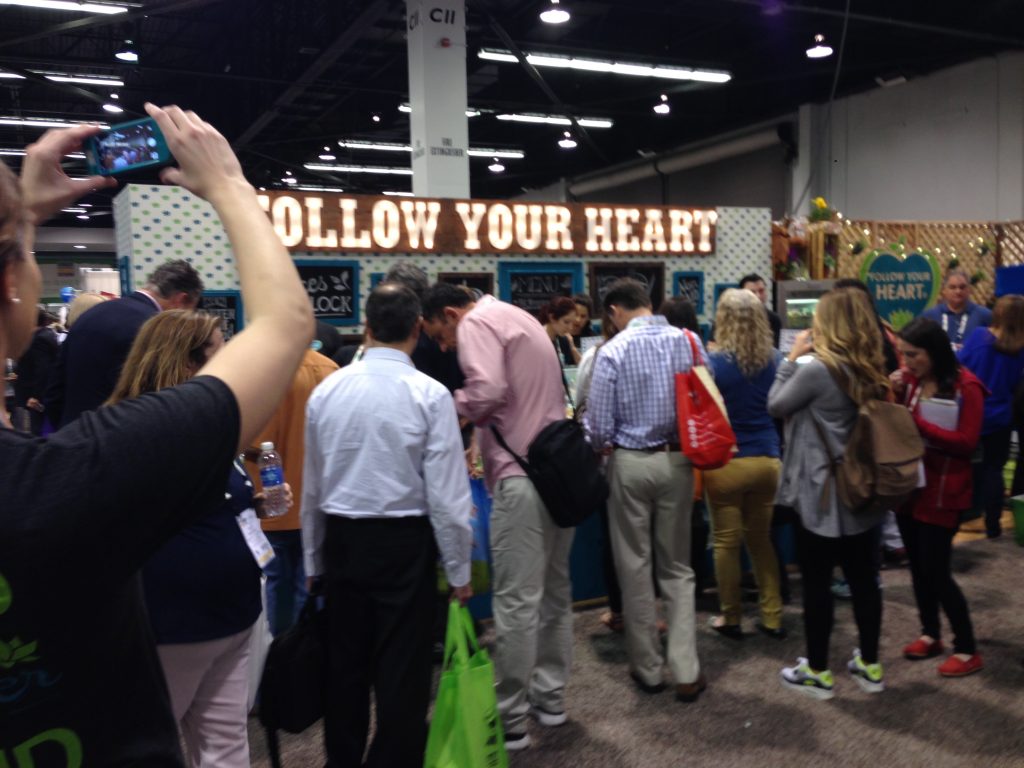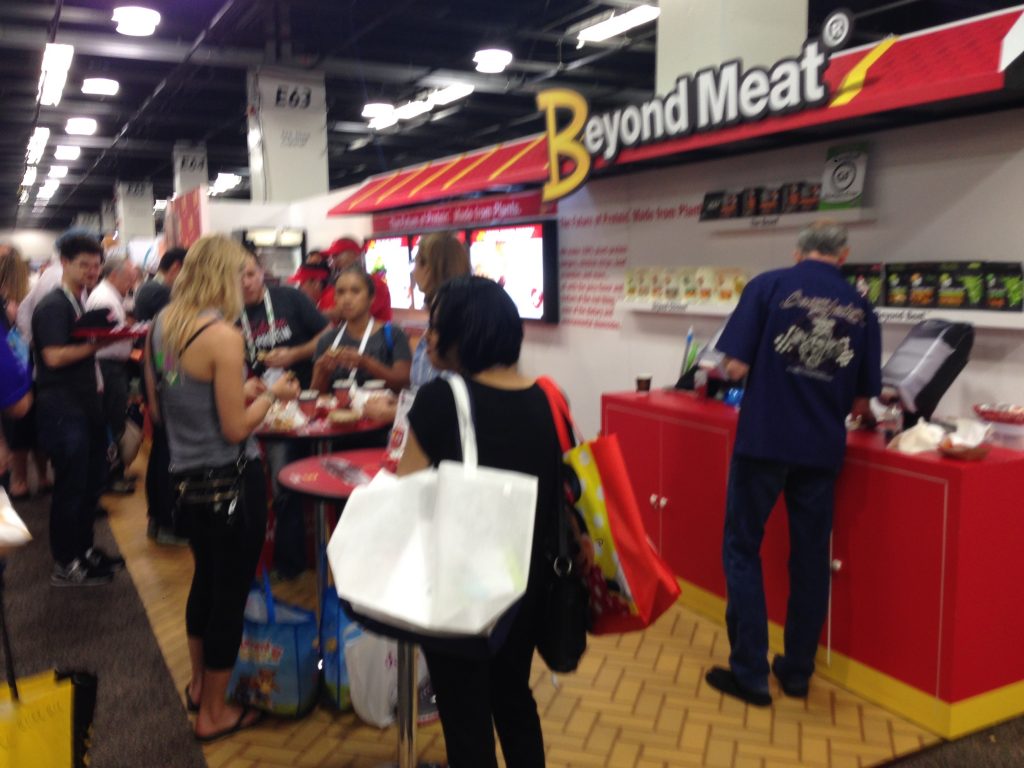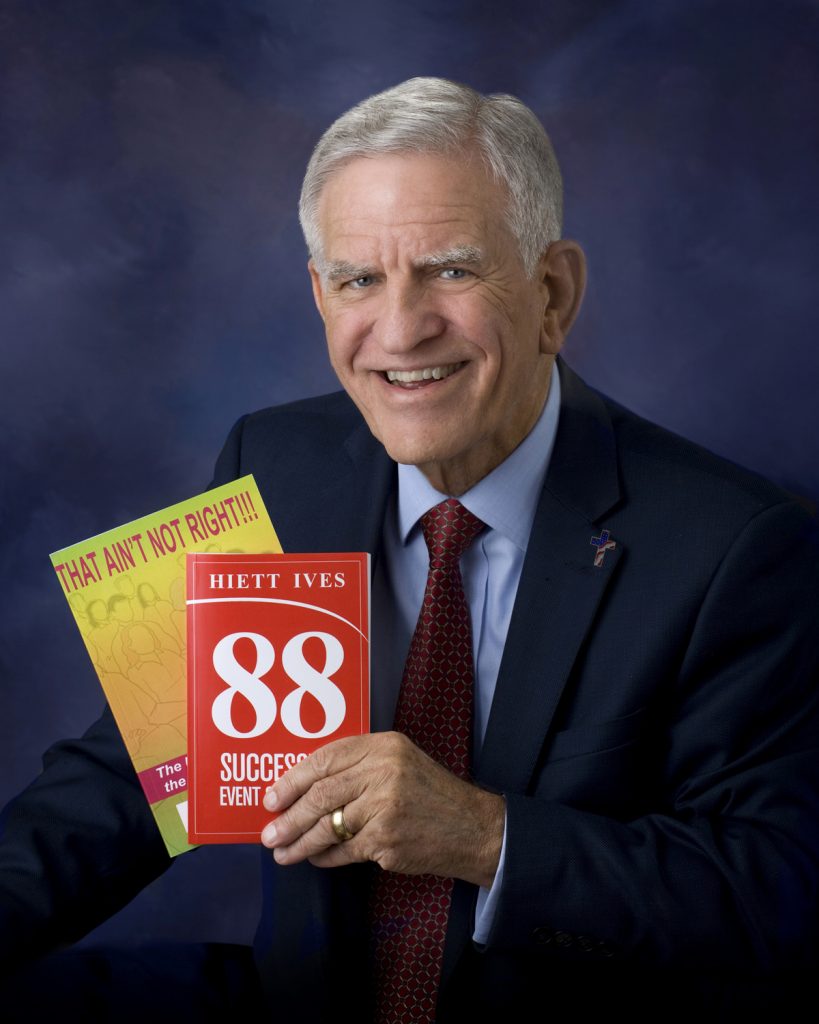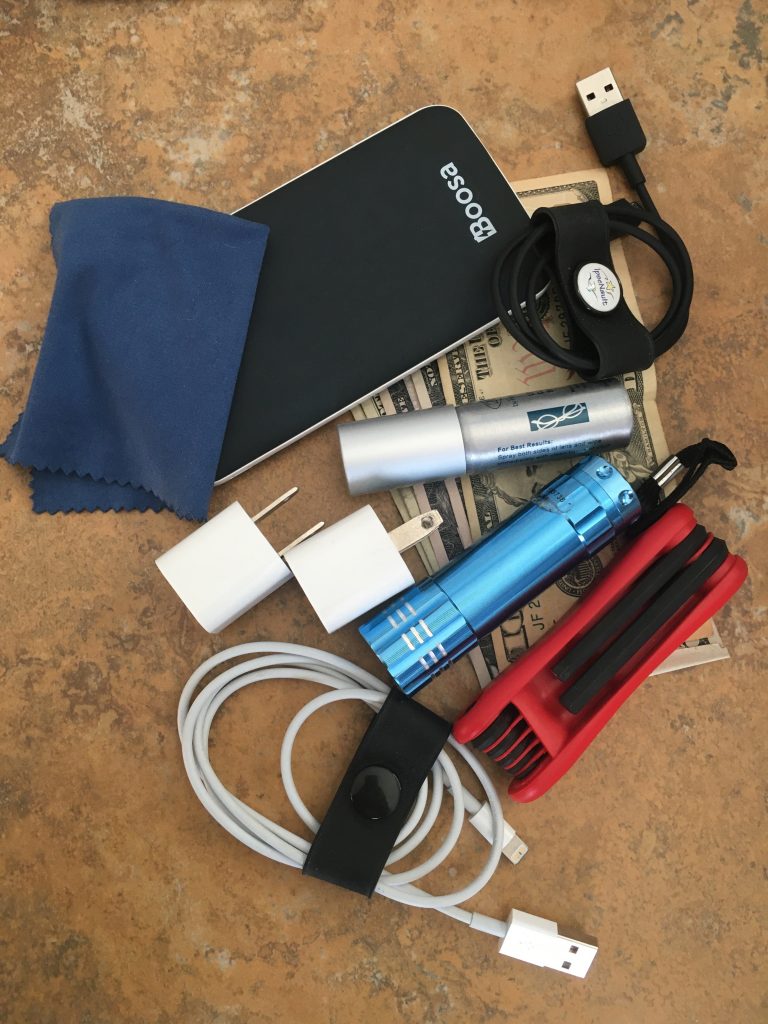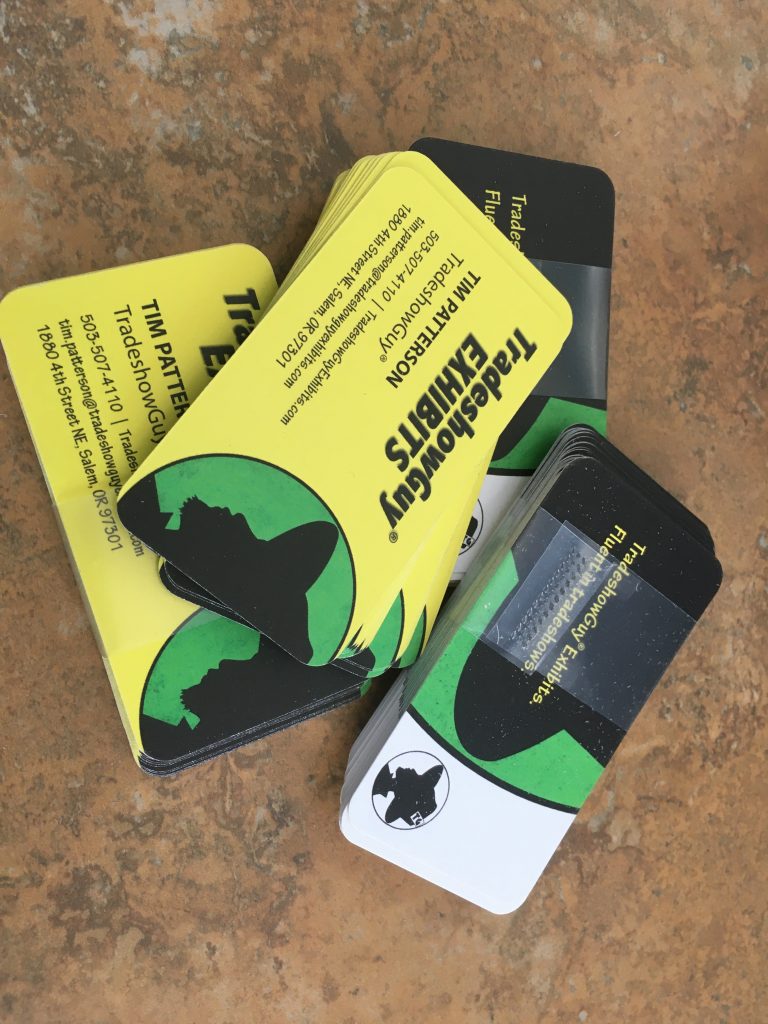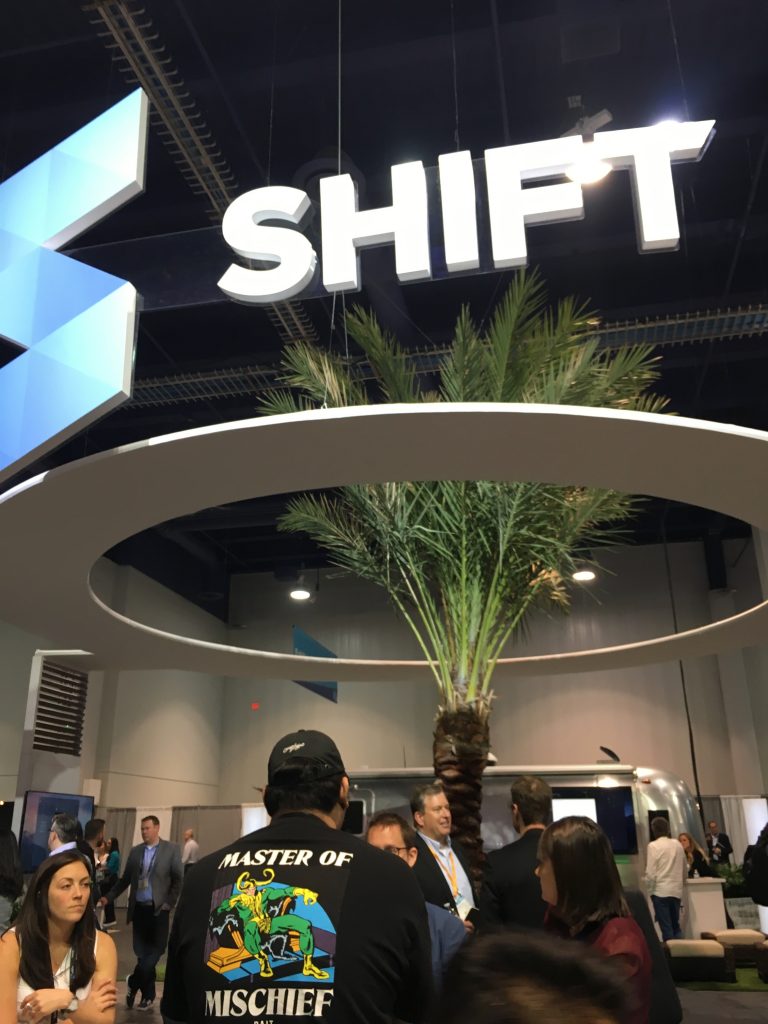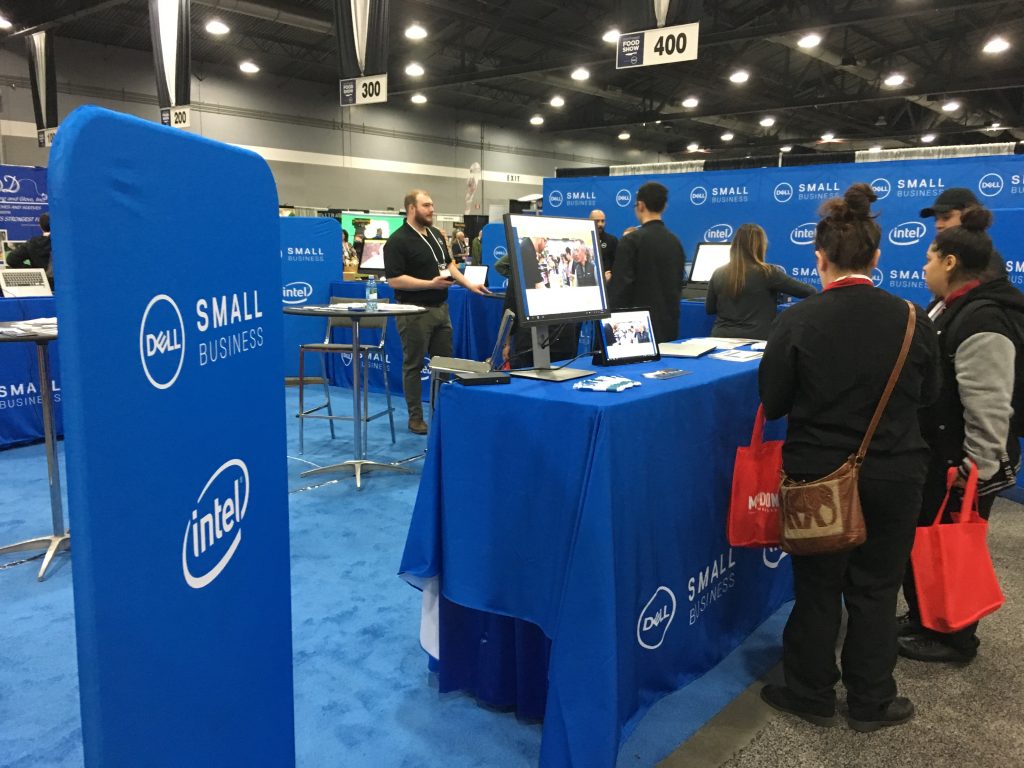When it Comes to the Coronavirus and Events, People Don’t Know What to Do
I just got an email a few moments ago, the first exhibitor at NAB (National Association of Broadcasters), saying they were withdrawing from the upcoming event, scheduled in Las Vegas April 18-22, 2020.
So far, there’s nothing on the show website that indicates they are even considering postponing or cancelling the show over coronavirus concerns.
This is somewhat reminiscent of the way things played out, albeit in a very quick fashion, at Natural Products Expo West. A week before the show was scheduled to start, Unilever announced they were pulling all of their brands, including our client Schmidt’s Naturals. Other exhibitors followed in short order, one by one, over the next few days. Show organizers tried to put on a brave face and keep the show afloat, and that made sense at the time, since the show was literally hours away. But finally, about 40 hours before the doors would have opened for the first day, they pulled the plug, saying the show was “cancelled.”
No one really knows exactly what to do.

In the past few days, here are a few things that have passed through my newsfeed: NBA is considering holding games without audiences. March Madness may consider the same thing, but so far they say the games will go on in front of live audiences. Rock concerts are wondering if they can go forward. Some schools and universities have gone to online classes, including (at least) Harvard. SXWS pulled the plug, leaving numerous small businesses out in the lurch. Lots of restaurant and clubs in the area will lose tons of money as will their servers, bartenders, hotel workers and more.
Italy locked down the country in an attempt to contain the coronavirus.
CPAC, the conservative annual gathering, is making news because a so-far unnamed high-profile person has been confirmed to carry the virus, someone who has come into contact with dozens if not hundreds of people. Many of those have had contact with members of the Trump Administration, including the president himself. Some of those confirmed to have had contact with the carrier have self-quarantined, others have not.
The story is fast-moving and given the changing and increasing numbers of cases and deaths from COVID-19, more and more people are acting out of caution.
The event industry is squarely in the bullseye. Rightly so, since events draw together tens of thousands of people who shake hands, hug, share rides on public transit, climb on planes and buses, cabs, ride services.
That’s a lot of contact.
And again, no one really knows what to do, but more and more decisions are being made to err on the side of caution.

Just this morning, I read that Chinese President XI visited Wuhan, the city at the center of the COVID-19 outbreak, as a show of confidence that the Chinese government is containing the outbreak. The story also mentions how the rate of infections is slowing, which must be good news for officials around the world trying to get a handle on everything. But still…
The coronavirus will continue until governments and health officials get a handle on it. Events will be postponed and cancelled until things settle down.
And who knows how long that’ll be?
I think the event and tradeshow industry is in for a bumpy ride.

